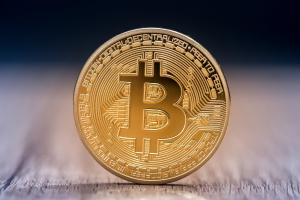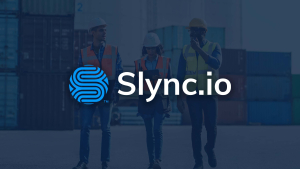
The markets keep rising. They point toward continued growth, with more of it concentrated in fewer corporate hands.
The pundits keep screaming about inflation stealing our savings, making everyone poor.
Both can’t be true at the same time. Blue skies don’t fall.

Today money is super-abundant. That’s why so many pundits like cryptocurrency. The quantity of Bitcoin is fixed, at a maximum of 21 million. It holds its value. But if you tried to run an economy on Bitcoin, you’d quickly find yourself in that old deflationary spiral. Values, measured in Bitcoin, would constantly go down, meaning suppliers would have to cut costs, thus wages and employment, thus less value in Bitcoin, etc. etc.
The difference between 1929 and 2022 is the power of technology. Software can quickly cut production costs. Who needs bankers and brokers and agents when there’s fintech?

Throughout today’s tech economy, there are little revolutions like this. You might say a hundred million tech miracles are happening every day. There are so many of then that tech experts worry about running out of work. That’s why they want to go from clouds to clients, replacing PCs and phones with wearable technology, replacing the interfaces of words and numbers with moving pictures. Put the directions for fixing the turbine inside the repairman’s glasses. Don’t just augment reality but impose an entirely artificial one. Put people inside the movie, as they are inside the video game.

It’s like I’ve said for years now. Moore’s Law isn’t just about silicon. It’s about the power of technology expanding ever outward at an accelerating rate. Like the Big Bang. Our ability to discover things, create things, and to push out costs has never been greater. The economy’s ability to create deflation has never been greater.
This means inflation isn’t the threat it was. Inflation today is just an incentive. It’s an incentive for technology to replace labor, to replace inputs, with lower cost alternatives, and profit from it.
We’re going to see this in 2022. I’m not saying the market will keep going straight up. Markets don’t work that way. But the pundits are wrong, and the markets are right. As this fact dawns on the pundits, things are going to get interesting.










